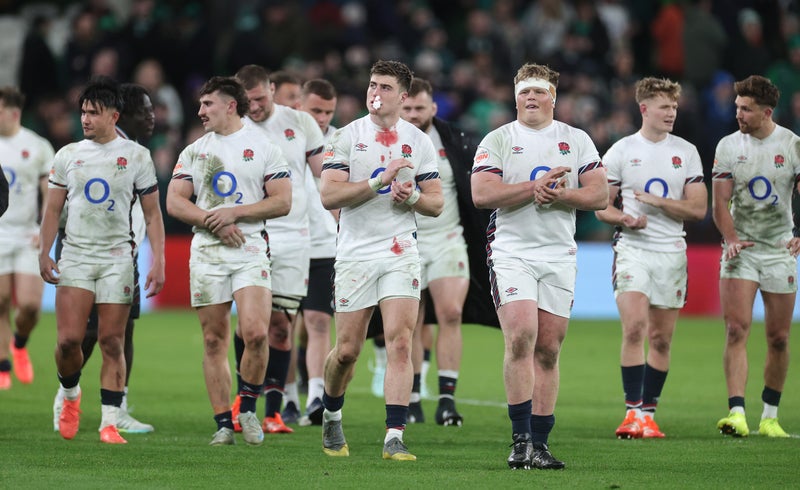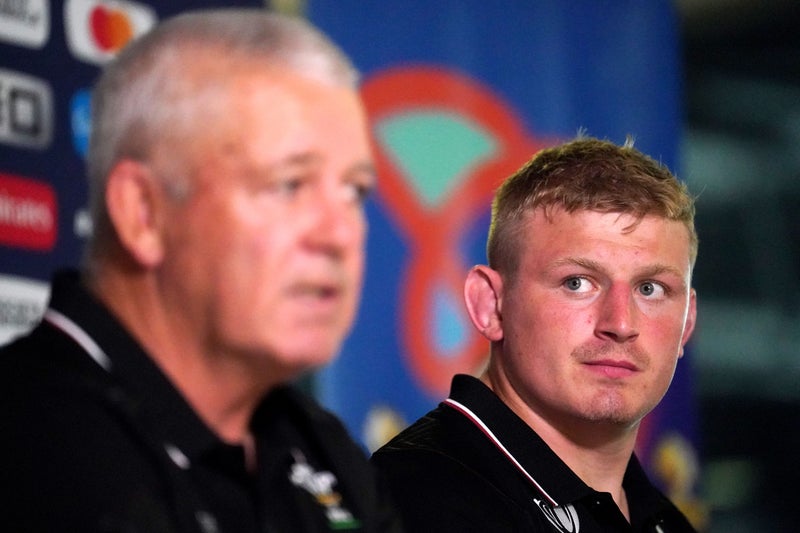More than half (51 per cent) of athletes incorporate sound, such as hearing the crowd, into their visualisation practices, while 45 per cent use touch, like feeling the ball, to enhance mental imagery.
The study also revealed 62 per cent use mental visualisation to improve focus, while 55 per cent use it to increase confidence.
Nearly half (47 per cent) find it helpful for staying calm in high-pressure situations, and 42 per cent use it to overcome performance anxiety.
But 45 per cent face time constraints when preparing for sports or fitness activities, and 36 per cent named physical limitations or injuries as a barrier.
Additionally, 45 per cent use goal-setting, and 40 per cent opt for meditation or mindfulness.






















